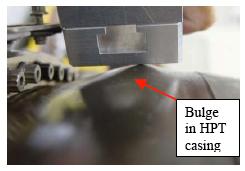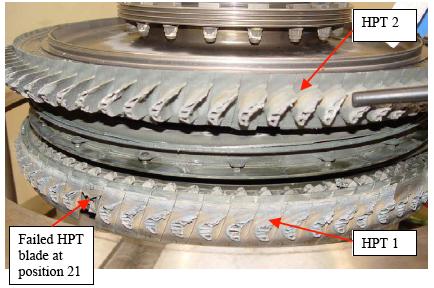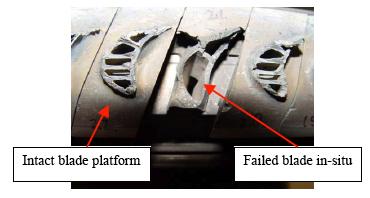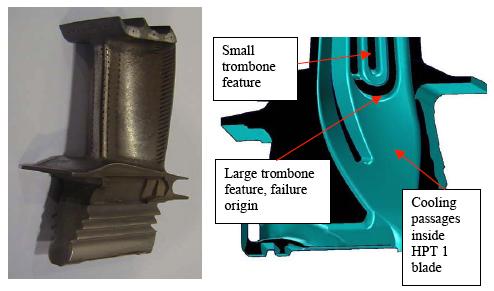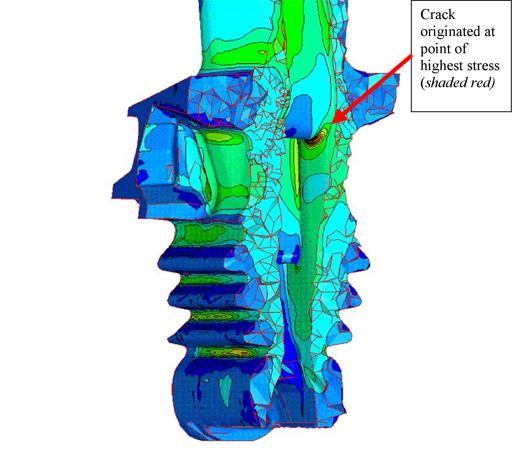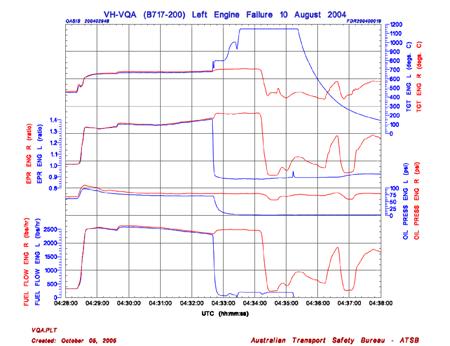Sequence of events
On 26 July 2004, as the Boeing 717 (717), registered VH-VQA, was being prepared a scheduled passenger service between Brisbane and Hamilton Island Qld, the cabin crew noticed water spilling from the hand basin in the aircraft's aft left lavatory, and notified the flight crew. The leakage was cleaned up, and the aircraft was dispatched from Brisbane with the aft lavatory locked and placarded to prevent its use during the flight, in accordance with the provisions of the CASA-approved aircraft minimum equipment list.
During the cruise at flight level 320, when the aircraft was about 60 NM south of Mackay, the cabin crew noticed a faint `electrical smell' in the aft area of the passenger cabin. The cabin manager notified the flight crew, and about 1 minute later advised the flight crew that the aft cabin interphone hand piece located on the outside wall of the aft left lavatory was very hot, and that the smell was becoming stronger. Shortly after, the cabin manager notified the flight crew that the aft cabin interphone handset flexible-wiring loom was `melting'.
The flight crew conducted the aircraft quick reference handbook (QRH) `Electrical Smoke/Fumes of Unknown Origin' non-normal checklist. They both donned their oxygen masks, and selected emergency electrical power, as per the checklist. The 717 QRH non-normal checklist procedure dictated that a flight crew should plan to land at the nearest suitable airport. At that stage, the aircraft was about 30 NM south of Mackay. The flight crew broadcast a PAN1 to air traffic control, and advised the controller that they required a clearance for an immediate descent and diversion to Mackay. The flight crew notified the cabin crew of their intentions, and the cabin crew prepared the passenger cabin for the landing at Mackay.
The controller in receipt of the PAN call notified the Mackay tower controller, who activated the aerodrome emergency plan and notified the emergency response services. The aircraft landed safely at Mackay about 9 minutes after the flight crew first notified air traffic control of the problem. After the aircraft landed, the flight crew confirmed with the aerodrome rescue and fire fighting service that there was no smoke at the rear of the aircraft. The flight crew also confirmed with the cabin manager that the electrical smell had abated and that the cabin interphone had cooled down. The aircraft was taxied to the terminal, and a normal disembarkation was conducted through the forward door of the aircraft. Eight of the occupants were treated for smoke/fumes inhalation after they had left the aircraft. There were no other reported injuries.
Following the occurrence, the flight crew reported to the operator that during the landing approach at Mackay, the landing gear `down' indication in the aircraft was different from that indicated in the 717 flight simulator during training sessions for flight on emergency electrical power. The operator conducted an investigation into the matter, and determined that the simulator landing gear `down' indication for flight under those conditions was incorrect. That was confirmed by the aircraft manufacturer.
During the subsequent engineering inspection of the aircraft, the B1-778 `Miscellaneous Cabin & Lavatory Occupied Aft' electrical circuit breaker was found to have popped, and could not be reset. The fault was traced to a short circuit in a connector plug located under the aft left lavatory hand basin. Water from the overflowing hand basin had seeped into the connector plug. The short circuit within the connector plug resulted in several pins within the plug becoming welded together. As a consequence, the aft cabin interphone handset flexible-wiring loom was overheated from a 115 VAC over-current within the loom and resulted in the in-flight `electrical smell' and overheating of the handset. The damaged components were replaced, and the aircraft was returned to service.
1 PAN is a radio broadcast indicating uncertainty or alert. It is a general broadcast to the widest area, but not yet the level of a MAYDAY, which is the international broadcast for urgent assistance.



